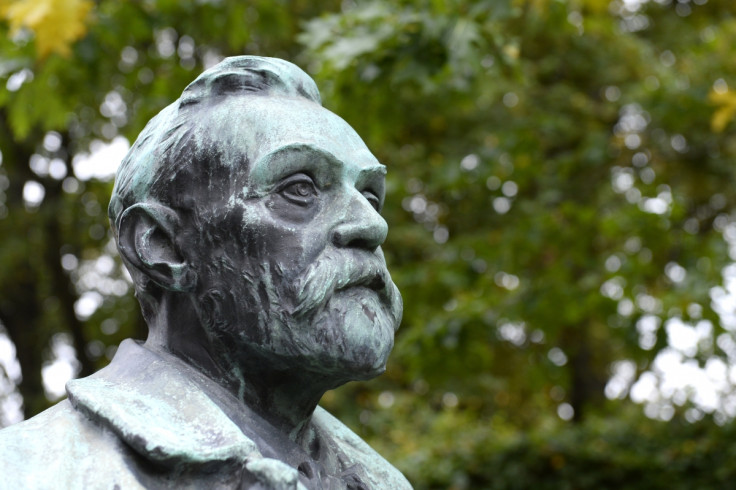The creator of nitroglycerin was mortified by the invention of dynamite

KEY POINTS
- Alfred Nobel patented the dynamite 150 years ago on 25 November 1867
- Ascanio Sobrero was ashamed of having discovered nitroglycerin, dynamite's main component, years before Nobel
- He thought it was too destructive, however, witnessing Nobel's success, he grew resentful
Nowadays, Alfred Nobel is most strongly associated with the Nobel Prize, which rewards incredible individuals every year for their academic, cultural and scientific advances.
However above all else, Nobel was an engineer, a chemist and inventor. He built many bridges in his native Sweden. And 150 years ago, on 25 November 1867, he invented dynamite.
He had a little help from a "friend", though.
In the 1860s, Nobel started experimenting with a substance called nitroglycerin. Nitroglycerin – initially called "pyroglycerine" – was invented by an Italian chemist in 1846.
Ascanio Sobrero, who had studied in Paris under the same teacher as Nobel, discovered nitroglycerin by adding glycerol to a mix of nitric and sulfuric acids into some kind of oil. The solution was highly unstable, and Sobrero himself became badly injured because of his experiments on nitroglycerin.
He deemed the solution too unstable and volatile to ever be useful, and thought it was too destructive. But Nobel, who had a long-time interest in explosives, had a different idea.
The most common explosive at that time was black powder – now known as gunpowder. But although the substance was sufficient for guns, its effects on more solid material left much to be desired. On the other hand, nitroglycerin was extremely powerful, but needed to be handled with extreme caution.
Nobel created a small factory to work with explosives, producing nitroglycerin and experimenting on it.
He would use a wooden detonator to ignite the explosive.
In 1865, he invited the blasting cap, which would replace the detonator made of wood.
These experiments didn't go without their fair share of mayhem. On one occasion, Nobel's factory blew up, burned to the ground, and several of Nobel's workers died. His brother Emil also died in the same explosion.
However, between 1866 and 1867, he discovered that nitroglycerin could be tamed when mixed with an absorbent substance made of silica.
The mixture obtained was some kind of paste he called "dynamite". In November 1867, Nobel received U.S. patent number 78,317 for his invention of dynamite.
When he heard that Nobel was experimenting with the substance he had invented, Sobrero was mortified. He was ashamed of his discovery. "When I think of all the victims killed during nitroglycerin explosions, and the terrible havoc that has been wreaked, which in all probability will continue to occur in the future, I am almost ashamed to admit to be its discoverer," he said once dynamite had been commercialised.
But Nobel's biographer, Kenne Fant, wrote that later on, after witnessing how the invention of dynamite had benefited Nobel's family, Sobrero changed his tune and complained he was not given enough credit for the discovery of nitroglycerin.






















